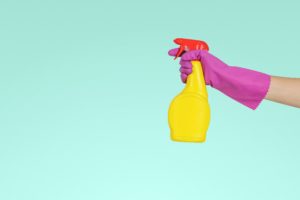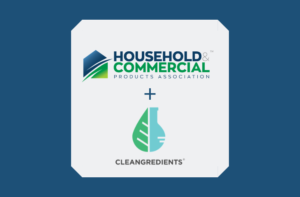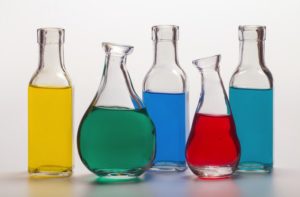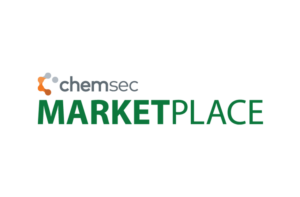Though they’re used for different purposes, personal care products and cleaning products have a lot in common. For example, both a shampoo and a laundry detergent may contain surfactants, colorants, fragrances, and preservatives, among other ingredients. And like cleaning products, personal care products have started to receive a lot of attention for their potential health effects.
US regulations pertaining to cosmetic safety haven’t been updated since the 1930s, and are relatively toothless. For example, the FDA can’t require manufacturers to submit safety data, companies don’t have to report adverse reactions to products, and inspection capabilities are limited, both for imported products and products manufactured in the US. Regulations elsewhere are far more stringent. For example, both Canadian and European regulations ban or restrict a number of ingredients that are still allowed in cosmetics sold in the US, such as formaldehyde (referred to as methylene glycol when in solution, used in some hair straightening products), several parabens (used as preservatives), and lead acetate (used in some hair dyes). While bills have been introduced in an effort to change US cosmetics regulations on the federal level, so far they have been unsuccessful. In the meantime, several states have implemented or are considering their own cosmetic safety legislation.
Some groups are particularly vulnerable to hazardous chemicals in cosmetics and personal care products. Women of color both use more beauty products, and have greater use of some product categories with particularly hazardous ingredients, including skin lightening creams, which may contain mercury, certain hair care products, which contain various chemicals associated with endocrine disruption and asthma, and fragranced feminine hygiene products, which can increase exposure to phthalates. Occupational exposure to cosmetic chemicals is also a concern – for example, many nail salon workers have reported health issues related to on-the-job exposures.
In light of the current regulatory status of cosmetics in the US and reports of hazardous products on the market, consumers are justifiably concerned about the safety of the products they’re putting on their bodies. They have turned to resources like EWG’s Skin Deep database in an effort to find more information about products on the market. Unfortunately, tools like this can only go so far when companies don’t fully disclose the ingredients in their products – particularly in the case of fragrances, for which full disclosure isn’t mandatory.
The good news is that many companies have recognized consumer interest in safer cosmetics and personal care products and are taking action to capitalize on this new business opportunity. Some companies are marketing products specifically on the basis of chemical safety. For example, Beautycounter makes the use of safer chemicals a key part of its brand identity. Major manufacturers like Unilever and Procter & Gamble have also taken steps to disclose fragrance ingredients in their products.
Much as certifications like EPA’s Safer Choice make it easy for consumers to find safer cleaning products, third party certification programs can also be a helpful resource for consumers looking for safer personal care and cosmetic products. While Safer Choice currently certifies limited categories of personal care products, such as hand soaps, programs such as EWG Verified have certified a broader range of personal care and cosmetic products as safer alternatives. This program has gained traction with major brands and retailers, as Walmart recognizes products with this certification as being in alignment with its safer chemistry commitment, and Procter & Gamble recently brought its first EWG Verified products to market: a line of Herbal Essences shampoo and conditioner.
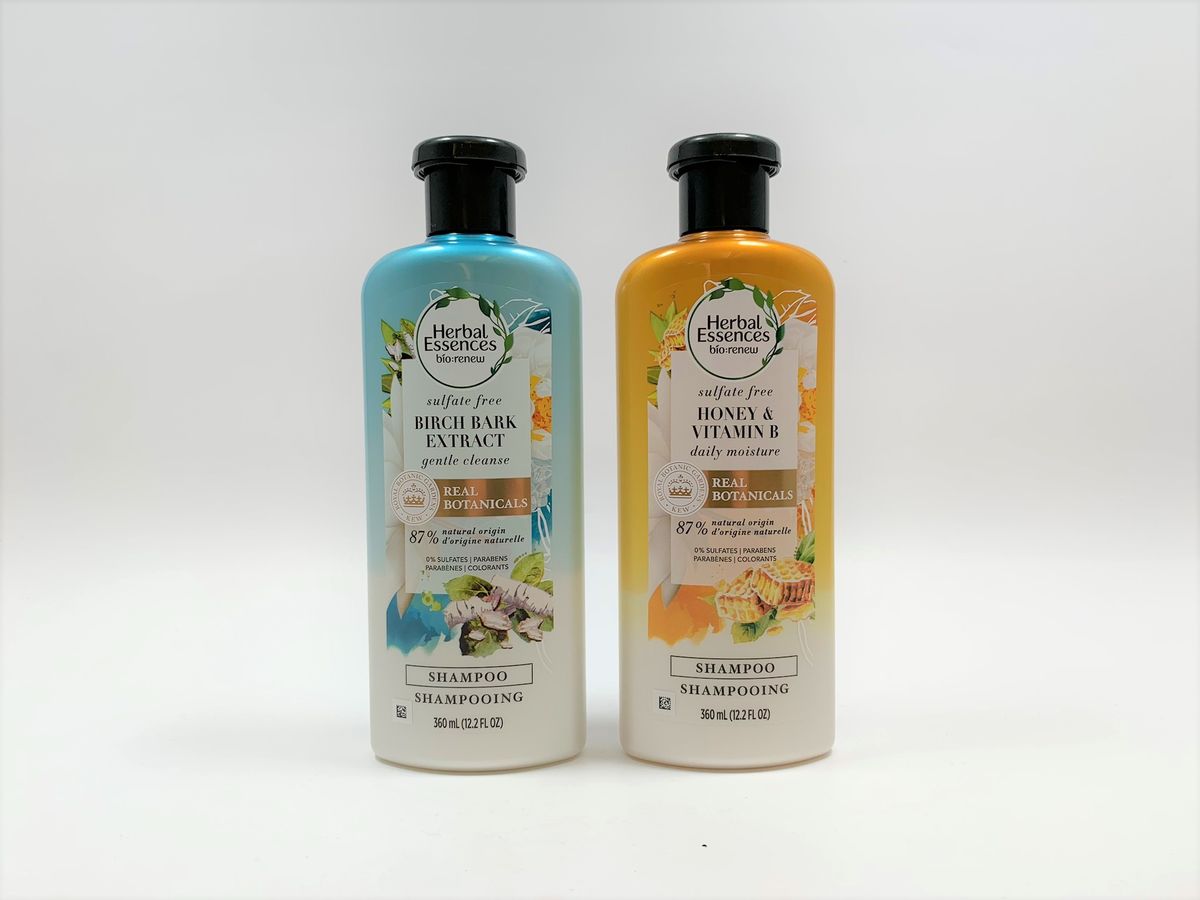
So, what’s the role of CleanGredients in the market shift to safer cosmetics and personal care products? While the ingredients listed in CleanGredients are mostly geared toward cleaning product formulations, because of the considerable overlap in ingredient functions between cleaning products and some categories of personal care products, CleanGredients can also be a useful resource for personal care product formulators. Many suppliers who list ingredients in CleanGredients sell into both the cleaning and personal care markets, and we encourage them to list ingredients for both applications. Suppliers can share information about all possible applications of their ingredients via the ingredient description and applications fields, and formulators can use the keyword search feature to more easily find ingredients that meet their needs. Product formulators can rest assured knowing that all the ingredients we list are inherently safer, and are among the lowest hazard alternatives that provide the relevant function. We’re happy to be able to play a role in helping product formulators of all types source safer ingredients to meet the increasing demand for safer products on the market.


